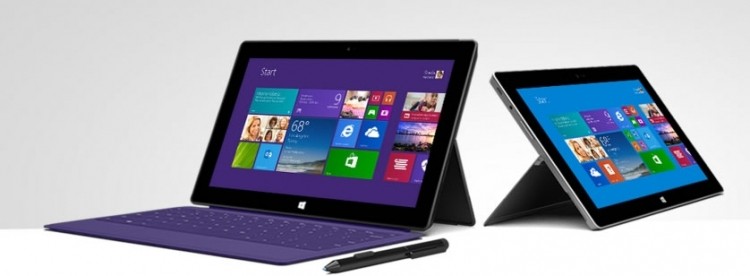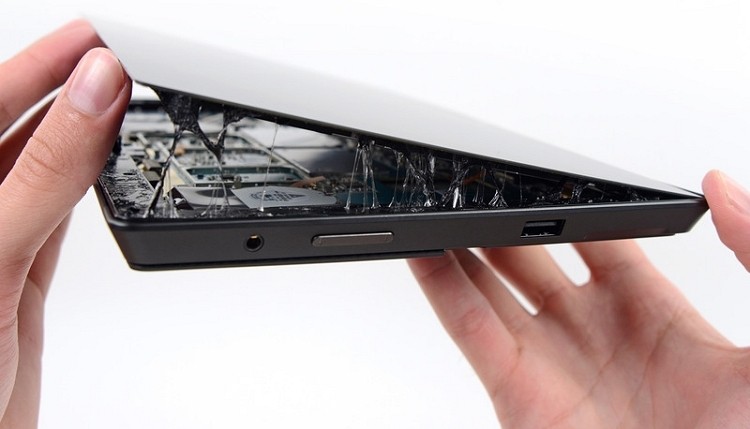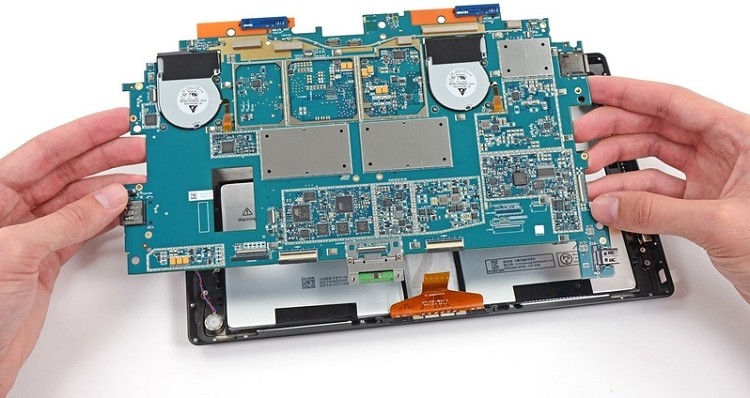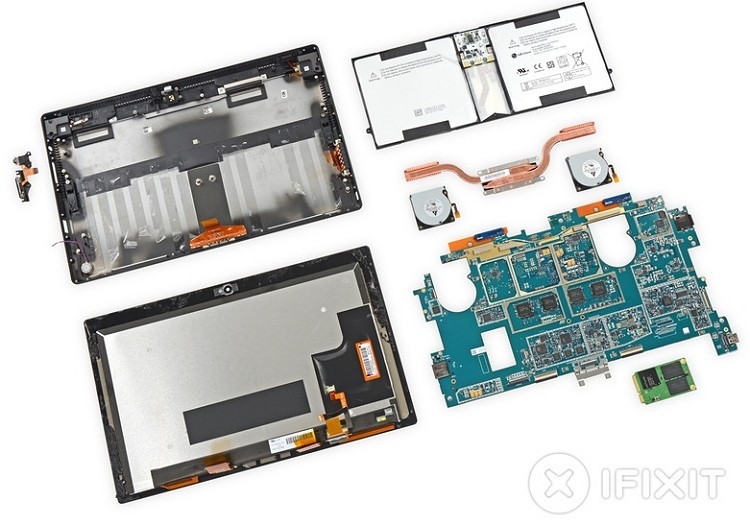
Microsoft’s new Surface Pro 2 tablet has scored the worst possible repairability score from teardown specialist iFixit just as the original Surface Pro did when it was released earlier this year. The team found that some key components like the battery and solid state drive can be replaced but not without first risking damage to the device simply by opening it.
iFixit described the process of gaining access to the internals as delicate and arduous. True enough, one mis-step and you’ll likely shear one of the four ribbon cables along the edge of the display. What’s more, there’s a healthy helping of adhesive that helps to hold the display (and battery) in place and if you make it that far, be prepared to deal with over 90 screws in varying sizes.

With the perimeter breached, you’ll find Intel’s Haswell Core i5 processor, 4GB of SK Hynix RAM and anywhere between 64GB to 512GB of flash storage (also from SK Hynix) depending on which configuration you purchased. Other standard equipment includes two 720p HD cameras, 802.11a/b/g/n Wi-Fi (sorry, no AC), Bluetooth 4.0 low energy, a USB 3.0 port, Mini DisplayPort and a microSDXC card reader.

iFixit notes the cooling system on the new slate is the same as the one found on the original. Software is used to reduce the frequency at which the fan operates, however, to minimize power usage and cut down on noise – luxuries afforded by the more efficient fourth generation Intel CPU.

Ultimately, iFixit awards the Surface Pro 2 a repairability score of 1 out of 10 (10 being the easiest to repair). Both the Surface 2 and Surface Pro 2 are available as of writing with the former starting at $449 and the latter commanding $899 to get started.